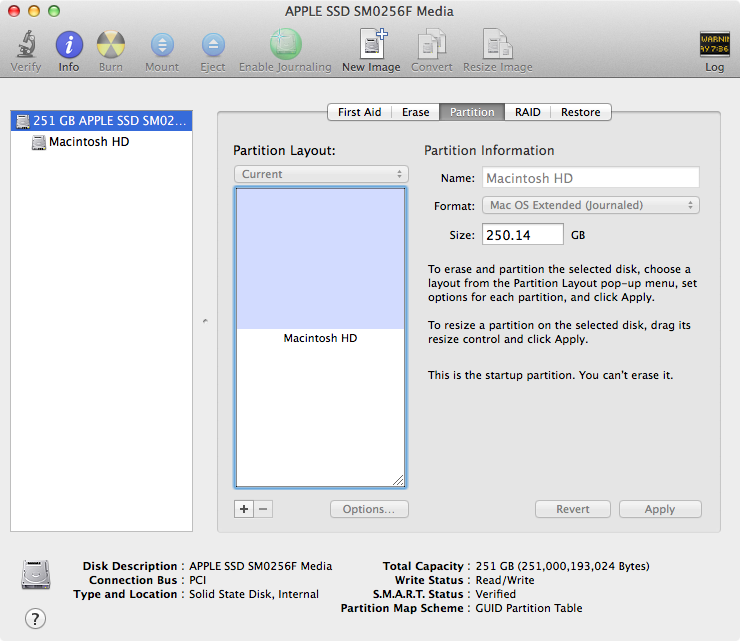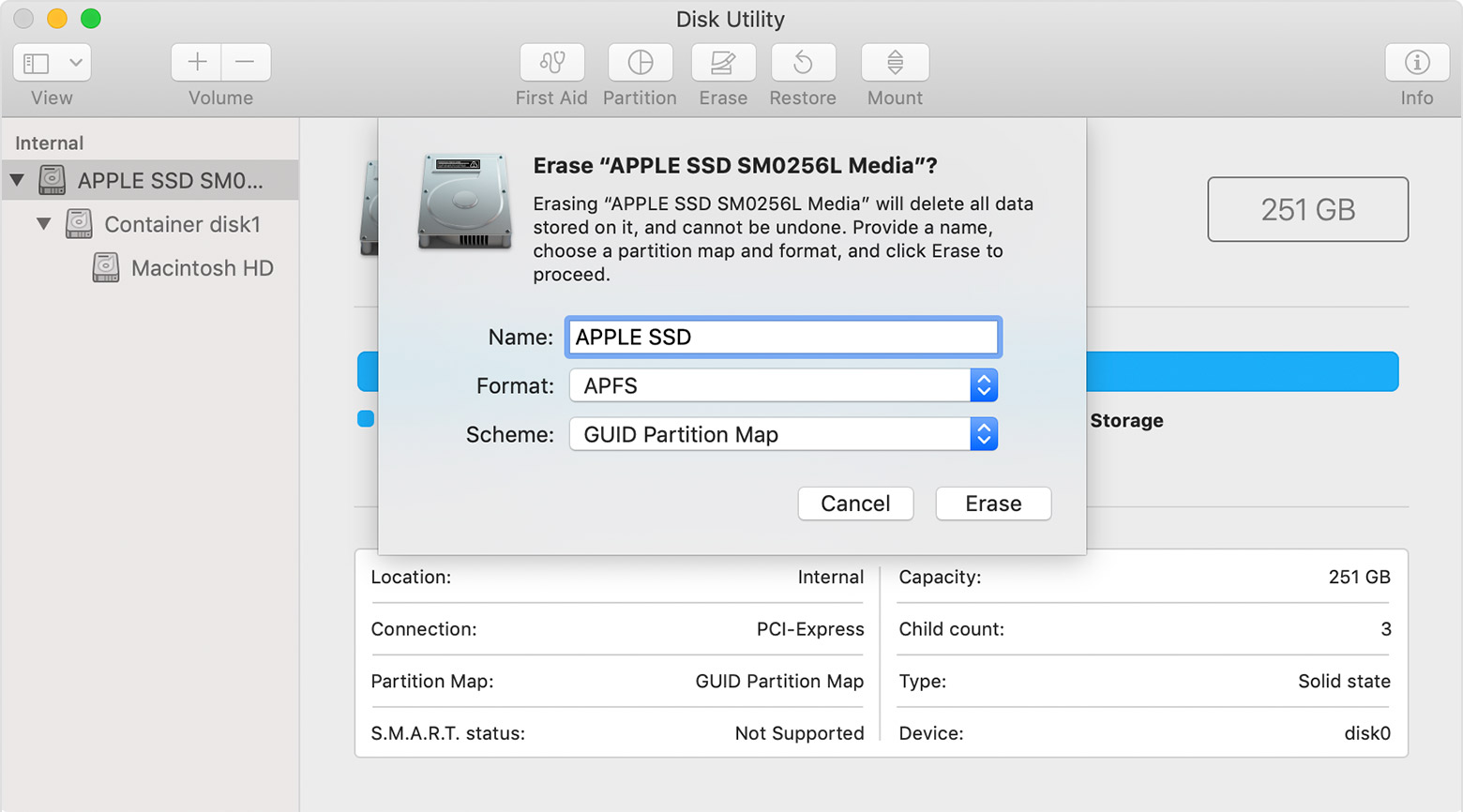

You can choose this from the drop-down menu in Windows’ Format dialogue, or in the Erase pane of Disk Utility. To use your USB disk on both Windows and OS X, therefore, you’ll need to use a different filesystem.

There are free drivers available, but again these are limited to read-only access. However, neither is suitable if you want to move files back and forth between Macs and PCs: OS X can read NTFS volumes, but it can’t write to them, while Windows in its default configuration can’t access HFS+ disks at all. These formats are sensible defaults because they support all the features of their respective operating systems, such as native compression and encryption. If you follow the instructions above then Windows will, by default, format your disk using Microsoft’s NTFS filesystem, while a Mac might suggest the Mac OS Extended filesystem. To reformat your USB disk, click on its name in this pane, then switch to the Erase tab in the main interface (if it’s not already selected) and hit Erase to wipe the Drive just as we did above. When Disk Utility opens you’ll see a list of drives in the left-hand pane, with the partitions on each one nested beneath each entry. You’ll find this tool in your Applications folder, within the Utilities subfolder – or simply search Spotlight to find it (press Cmd+Space, then type its name). To format a USB on a Mac, you can format your drive using Disk Utility. If you don’t have the issue described above, simply follow these steps:

Let the process complete and your USB Drive will appear.


 0 kommentar(er)
0 kommentar(er)
